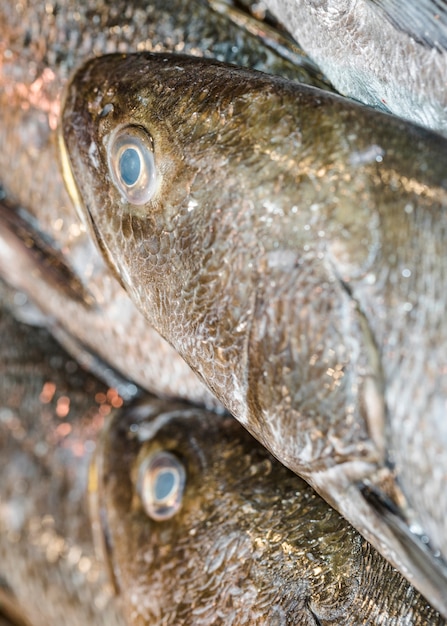

The assessment is the basis for negotiations between its member countries. has become one more predator competing at the top of the food chain.Įvery year, the International Council for the Exploration of the Sea releases an assessment of how populous a species is and how much of it can be fished. Although the disagreement had started more than 10 years ago, when Icelandic fishermen began trawling for mackerel, and the Faroe Islands subsequently unilaterally tripled their own quota, the puzzle became more complicated as the negotiation parties waited for Britain, one of the largest fishing nations in the region, to step further out of the European Union. Representatives from mackerel-fishing nations met in November again, they failed to reach a consensus. In the past, countries agreed on at least the principles that governed these divisions now, with the waters around them changing, the rules for dividing resources have broken. If one country starts fishing more than the others have agreed to, they can’t do much about it.
#Macro fish how to
And if they cannot decide how to divide up the mackerel, the amounts fished will exceed what is considered biologically sustainable, even with new abundance.Ī French fisherman sorts through a catch on board a trawler. But for more than 10 years, since the mackerel’s migration patterns started to change, these negotiations have failed to result in agreements between all nations. If a country accepts a lower share, agreements allow its fishermen to go after mackerel when it’s fatter, within the borders of partner countries. The negotiations that govern these rights are meant to benefit all countries involved while making sure that the resource is not depleted.Ĭollectively, they try to agree on how much each country should receive.

And when the species moved farther north, it set in motion an international conflict about who gets to fish it.įishing rights are devised by geography, and by historical practice, and all the countries that fish mackerel meet annually to decide how much each gets. A mackerel caught in Norwegian waters is bigger, fatter, and more valuable than those caught in the waters of the Faroe Islands or Iceland. Throughout the annual migration cycle, they grow. Most mackerel will start their life in the warmer spring months in Irish and British waters, but they migrate through seas belonging to the European Union, Norway, the Faroe Islands, recently Iceland, and sometimes Greenland, before returning south and east to spawn again. These fish are not like oil or diamonds or most other natural resources.

By tradition, their nation had no claim to this fish, but starting in the mid-2000s, when the lucrative fish arrived in great numbers, they struck. And when the fish turned up, the Icelanders took advantage. In recent years, the mackerel’s unceasing motion and radically increased abundance have taken it farther north, to Greenland or Svalbard, which lies between Norway and the North Pole, and northwest, to Icelandic waters.

It travels in shoals that can be more than 100 feet deep and 600 feet wide, and sometimes, when this great nomadic army catches a glimmer of light, it can resemble an underwater version of the northern lights. So it is always on the move, looking for plankton, crustaceans, and other small fish. Lacking a swim bladder-the gas-filled organ that helps most fish move up and down in the water-the mackerel would sink and die if it ever stopped. The Northeast Atlantic mackerel is a small fish with grey or greenish-blue scales and tigerlike black stripes from mouth to tail.


 0 kommentar(er)
0 kommentar(er)
